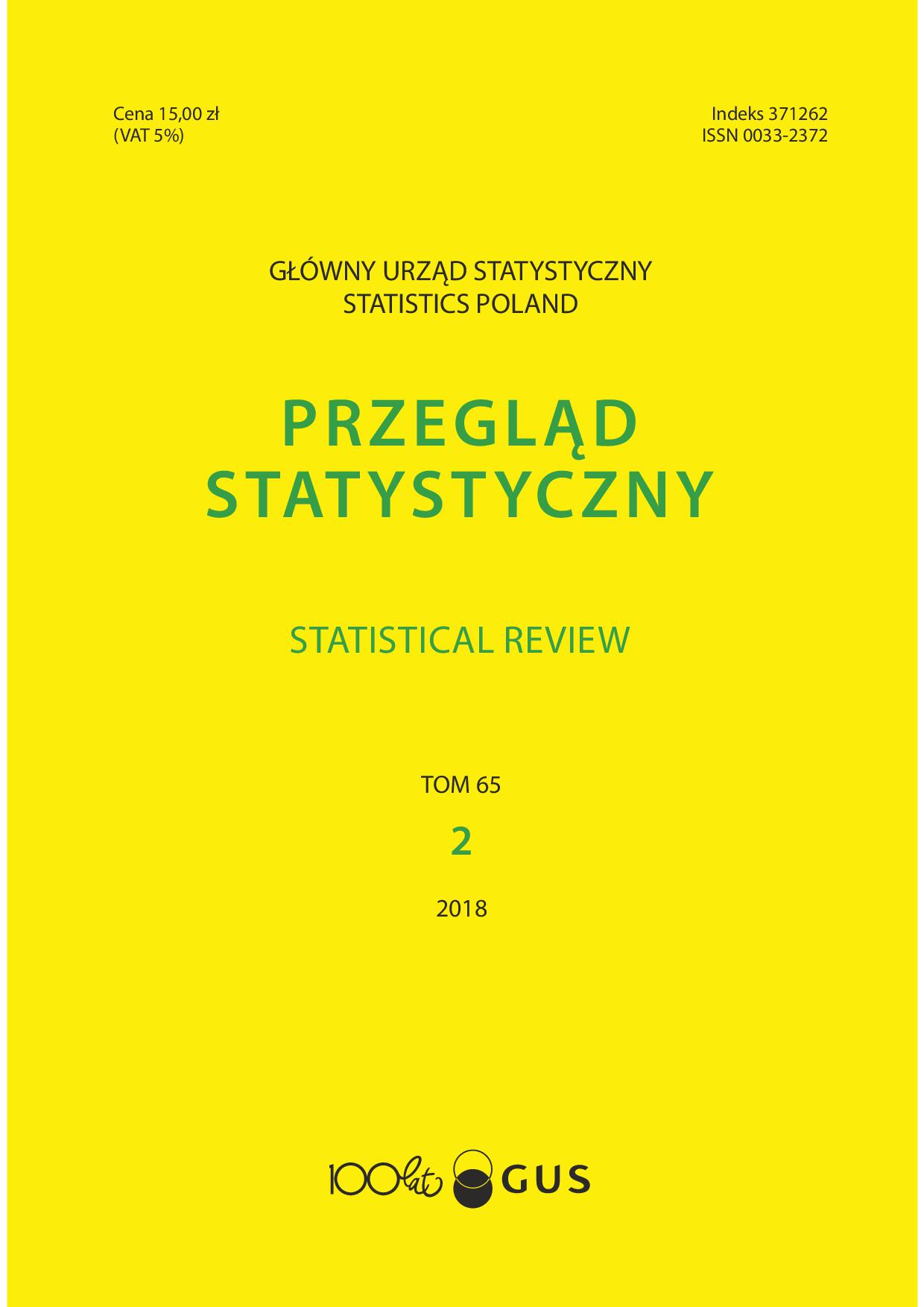The use of the Hurst exponent to investigate the quality of forecasting methods of ultra-high-frequency data of exchange rates
The use of the Hurst exponent to investigate the quality of forecasting methods of ultra-high-frequency data of exchange rates
Author(s): Robert SzóstakowskiSubject(s): Economy, Financial Markets
Published by: Główny Urząd Statystyczny
Keywords: high-frequency data; forecasting; machine learning; statistical models; microstructure; Hurst exponent
Summary/Abstract: Over the last century a variety of methods have been used for forecasting financial time data series with different results. This article explains why most of them failed to provide reasonable results based on fractal theory using one day tick data series from the foreign exchange market. Forecasting AMAPE errors and forecasting accuracy ratios were calculated for statistical and machine learning methods for currency time series which were divided into sub-segments according to Hurst ratio. This research proves that the forecasting error decreases and the forecasting accuracy increases for all of the forecasting methods when the Hurt ratio increases. The approach which was used in the article can be successfully applied to time series forecasting by indicating periods with the optimal values of the Hurst exponent.
Journal: Przegląd Statystyczny
- Issue Year: 65/2018
- Issue No: 2
- Page Range: 200-223
- Page Count: 24
- Language: English

